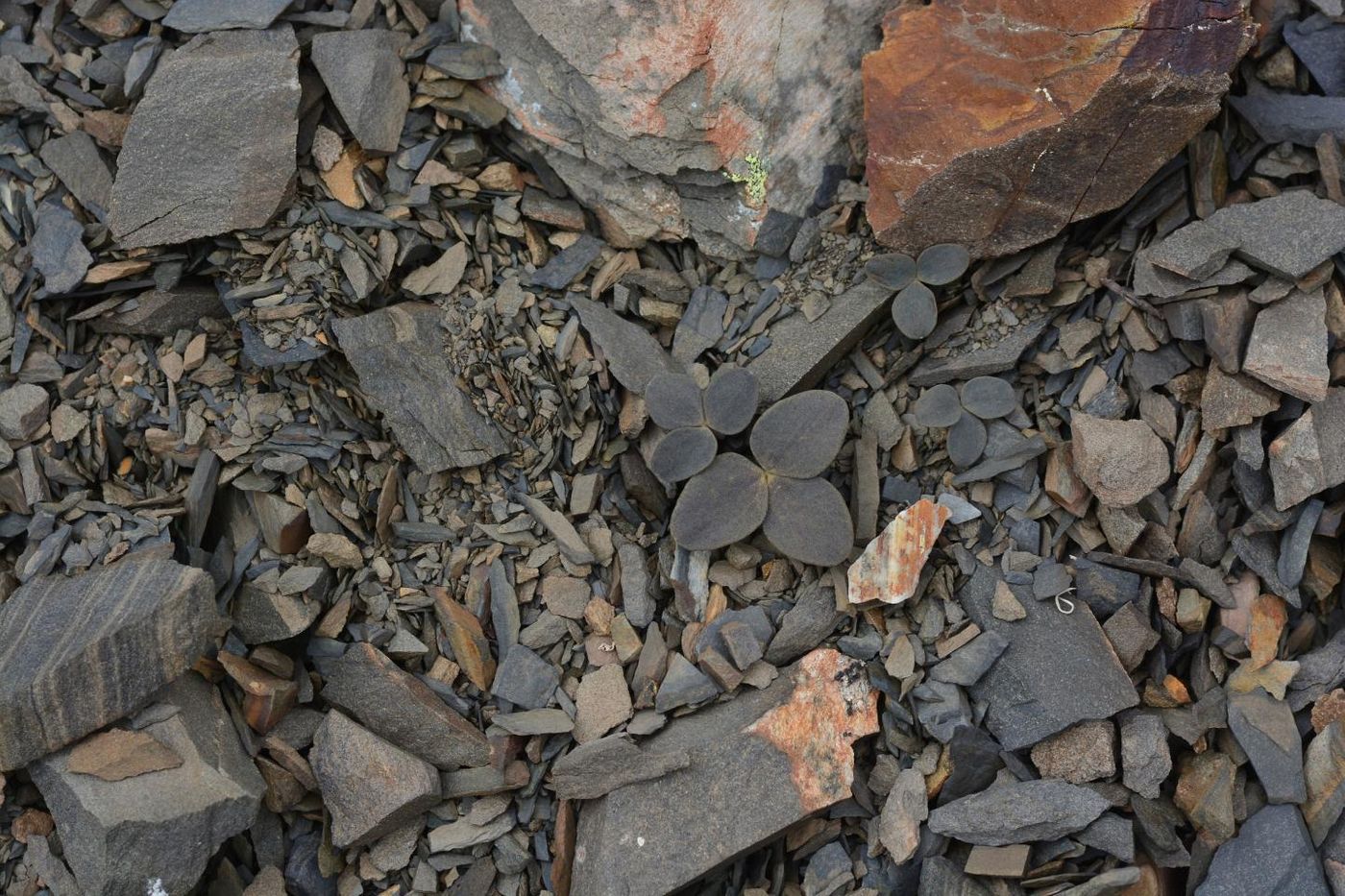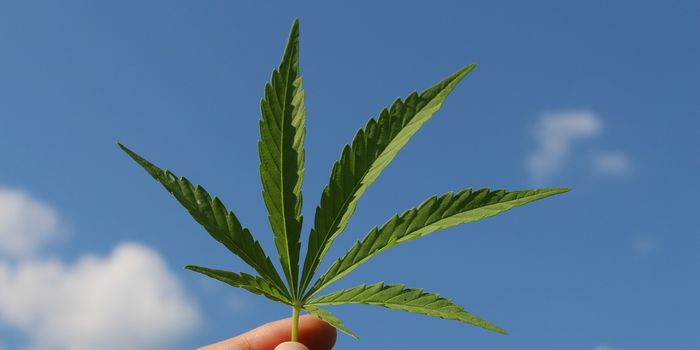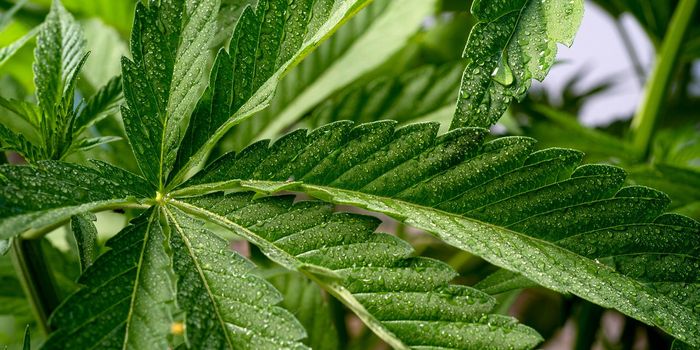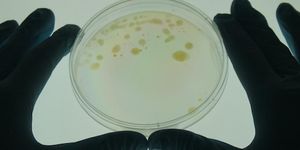Plants Use Camouflage Too
When someone asks you to name a life form that camouflages into its surroundings to avoid predation, you may be quick to respond with “chameleon” or “octopus.” But animals aren’t the only life forms that blend in with their surrounding environment; even some plants exhibit this innate ability.
Curious researchers from the University of Exeter and the Kunming Institute of Botany wanted to know the extent of which plants use camouflage in the wilderness, and so they embarked on a research project to learn more. They published their findings in the journal Trends in Ecology and Evolution this week.
Image Credit: Yang Niu
Intriguingly, many plants use the same camouflage tactics as animals do to hide in plain sight. These techniques include, but aren’t limited to:
- Background matching, in which the plant uses specific colors or patterns to try and blend in with everything around it.
- Disruptive colorization, in which the plant tries to ‘spoof’ its edges with particular markings to make it more challenging to discern from its surroundings.
- Masquerade, in which the plant tries to replicate the appearance of something else nearby to deter attention away from it.
- Decoration, in which the plant becomes concealed by loose material from its surroundings and ‘hides’ underneath it.
"It is clear that plants do more than entice pollinators and photosynthesize with their colors—they hide in plain sight from enemies too," said Professor Martin Stevens from the University of Exeter.
"We now need to discover just how important a role camouflage has in the ecology and evolution of plants."
Related: 10 masters of disguise, animal edition
A great example of a plant that uses the masquerade camouflage technique is Corydalis hemidicentra, which is frequently found near rock deposits. The leaves on these plants mimic the shape and color of nearby rock deposits to make spotting it more difficult. Furthermore, they take on different appearances depending on the types of rocks around them.
"These plants are a wonderful example of how camouflage can be adapted for different habitats," said the study’s first author Dr. Yang Niu.
"Different populations of this species look different in different places. We can’t yet be certain about how they do this. The adaptations might happen in the long term by evolution," Niu continued.
Related: Did the dinosaurs use camouflage to survive?
Many questions remain about how plants developed camouflage characteristics in the first place. Perhaps with a little more research, an answer could be around the corner.
Source: University of Exeter









